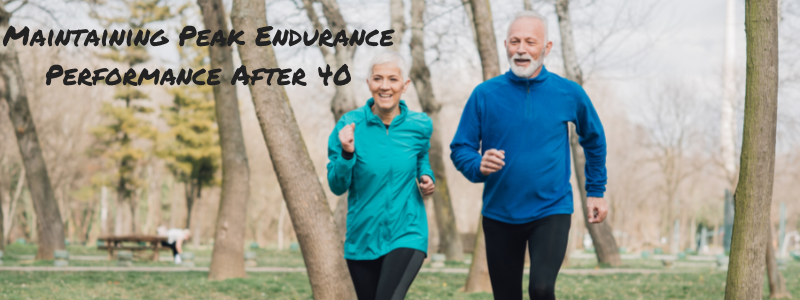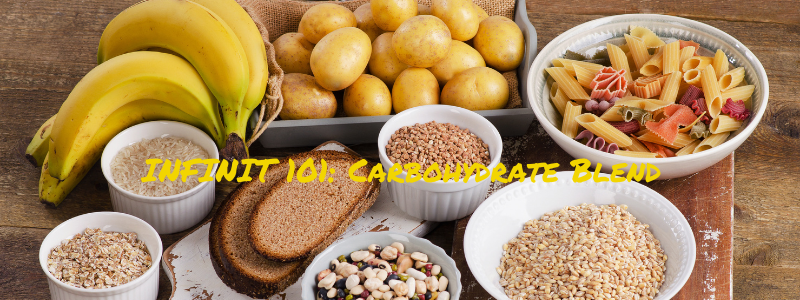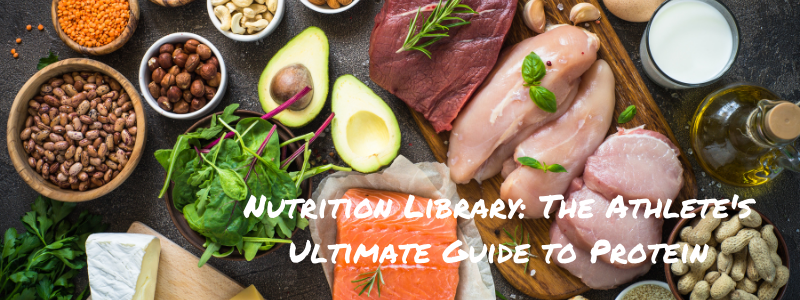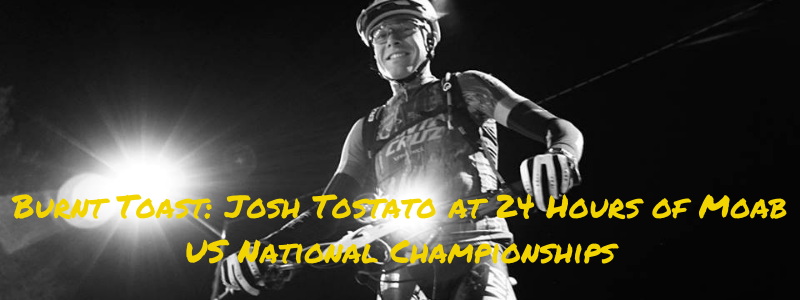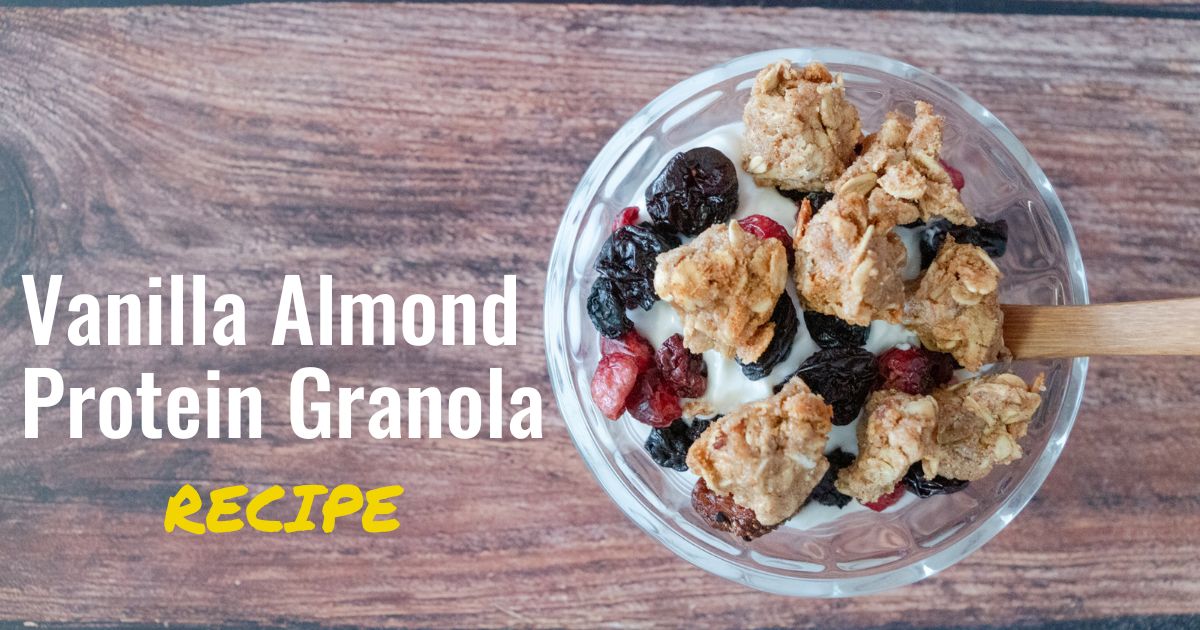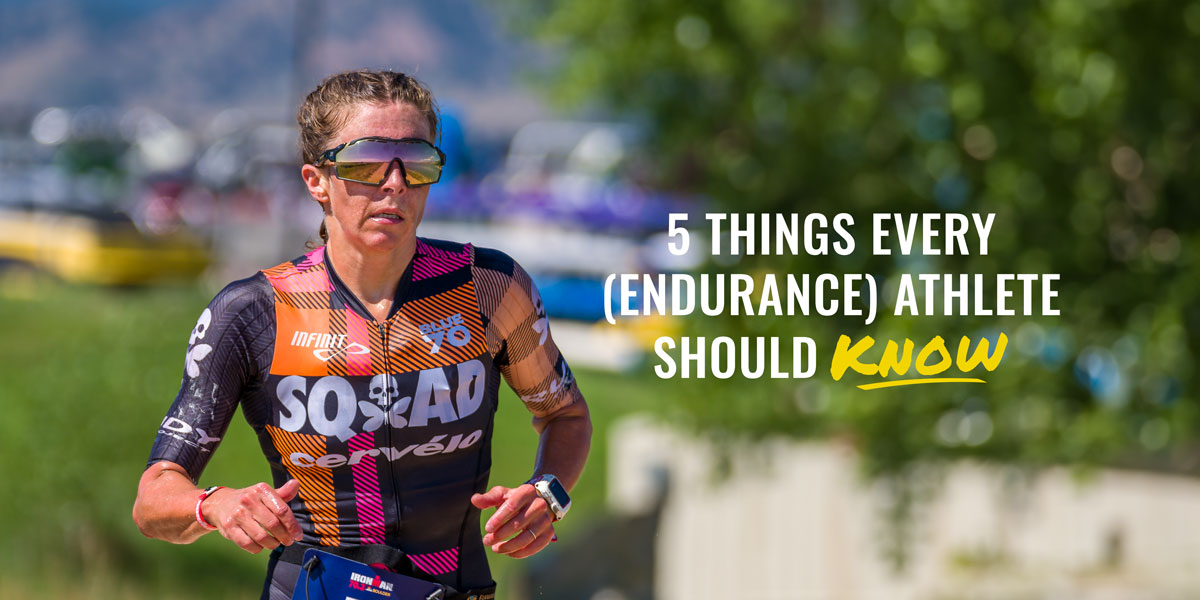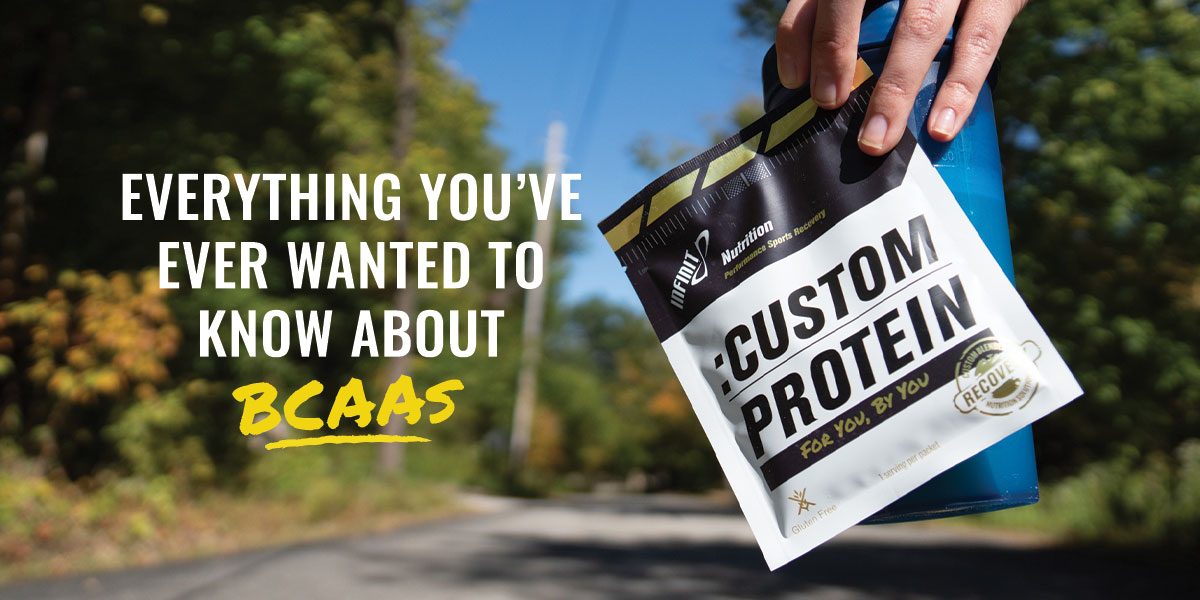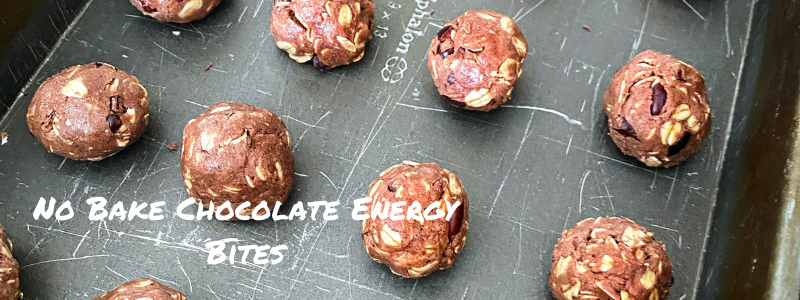Nutrition Library: Calculating Calories for the Bike
- Jul 13, 2015
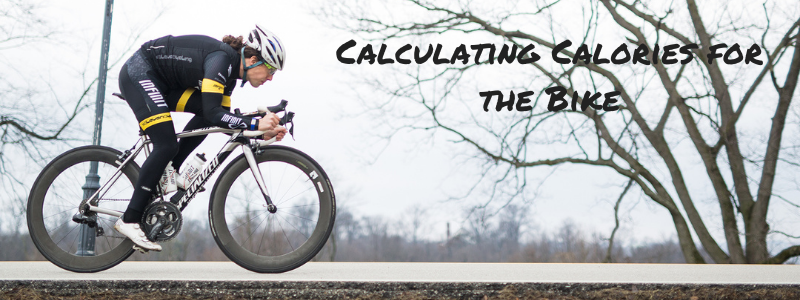
Kimberly J. Mueller, MS, RD, INFINIT Sports Nutritionist
New Years resolutions have been set and many are embarking on their first century training program as a result! In order to maximize performance, it is essential to fuel yourself properly during training rides and racing, especially when you are riding longer than 2 hours. As a nutritionist, I have found that many cyclists tend to overestimate actually cycling energy expenditure, causing them to overeat during the day and gain unwanted weight during season. Furthermore, an overzealous calorie intake during training can trigger a multitude of stomach issues (e.g., nausea, diarrhea, vomiting, side stitches, sloshing) and ultimately diminish performance. Below is a step-by-step guide to help you determine your total calorie burn during training rides as well as your target calorie replacement needs after about 90-120 minutes of cycling. Happy riding trails!
- Step One: Determine your goal cycling speed
- Step Two: Multiply cycling speed coefficient (see table 1) by your total body weight
- Step Three: Multiply Step #2 by 60 minutes to determine hourly calorie expenditure
- Step Four: Add 22 calories to Step #3 for every 100 feet climbed during cycling event
- Step Five: Multiply Step #4 by 0.3 to determine minimum hourly calorie replacement demands
- Step Six: Multiply Step #4 by 0.5 to determine maximum hourly calorie replacement demands
Table 1. Calculating Calorie Expenditure during Cycle Workouts
| Average Speed (mph) | Coefficient (cal./lb./min.)* |
| 15 | 0.06 |
| 16 | 0.0615 |
| 17 | 0.0675 |
| 18 | 0.0740 |
| 19 | 0.0811 |
| 20 | 0.0891 |
| 21 | 0.0975 |
| 23 | 0.1173 |
| 25 | 0.14 |
Sample Case Study:
Joe is a 150 lb athlete gearing up for his first Ironman®. He has had issues with premature muscle fatigue and cramping during previous races which has lead him to seek nutritional advice with regards to race day fueling. We used the guidelines specified above to help calculate and devise the perfect nutrition plan for his needs. The Ironman® bike course Joe will be racing has a net elevation gain of 1000 feet. Joe’s goal cycling speed, as practiced during training, is 19 mph, which yields an energy coefficient of 0.0811 calories/lb/minute, and places him at the bike finish in 5.89 hours.
- Step One: We calculated Joe’s hourly cycling expenditure.0.0811 x 150 pounds x 60 minutes = 730 calories
- Step Two: We calculated Joe’s total cycling expenditure. 730 calories x 5.89 hours = 4,303 calories
- Step Three: We added on appropriate calorie expenditure based on the course profile. For every 100 feet of elevation gained, Joe adds 22 calories to his total expenditure: (1000 feet gained / 100 feet) x 22 = 220 calories
220 calories + 4,303 calories =4,523 calories - Step Four: We calculated Joe’s total calorie replacement goal during the bike leg of his Ironman®.
MINIMUM: 0.3 x 4,523 calories = 1,357 calories
MAXIMUM: 0.5 x 4,523 calories = 2,262 calories - Step Five: We calculated Joe’s hourly replacement goal during the bike leg of his Ironman®.
MINIMUM: 1,357 calories / 5.89 hours = 230 calories
MAXIMUM: 2,262 calories / 5.89 hours = 384 calories - Step Six: We discussed how Joe was going to replace these calories. Because Joe spent the first 90 minutes of his Ironman® swimming, calorie replacement on the bike can start immediately upon pedaling! On training rides, water is the only nutrient needed during the first 90-120 minute. We calculated Joe’s calorie needs during the bike leg to average ~1,800 calories.
- In order to simplify his nutrition, Joe customized his sports drink through a company called INFINIT Nutrition. Each serving of his sports drink contains 200 calories, 45 grams of carbohydrate, 5 grams protein, 375 mg sodium, 110 mg potassium, 30 mg magnesium, and 15 mg of calcium. Joe’s goal is to finish 1.5 servings (~300 calories) each hour during the bike leg. Instead of carrying a lot of weight on his bike, Joe opts to mixing his formula into a concentrate and using the water at the aid stations spaced in 8 mile increments to meet his fluid needs. On his bike, Joe has 2 back-loading bottle holders and then one more on his stem. On race day, he plans on carrying two 24-ounce bottles, each containing 900 calories or 4.5 InfinIT servings on his bike, and then one course-provided bottle of water. Joe plans on taking shots of his formula every 10 minutes along with water so that 8 ounces of his concentrate and 24 ounces of water bottle are complete each hour.
Kimberly J. Mueller, MS, RD, is a Registered Sports Dietitian and competitive endurance athlete who provides nutrition counseling and customized meal planning to athletes worldwide.

